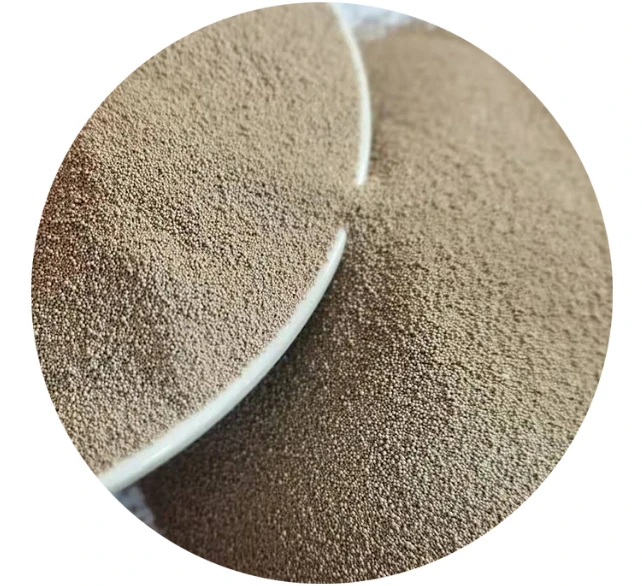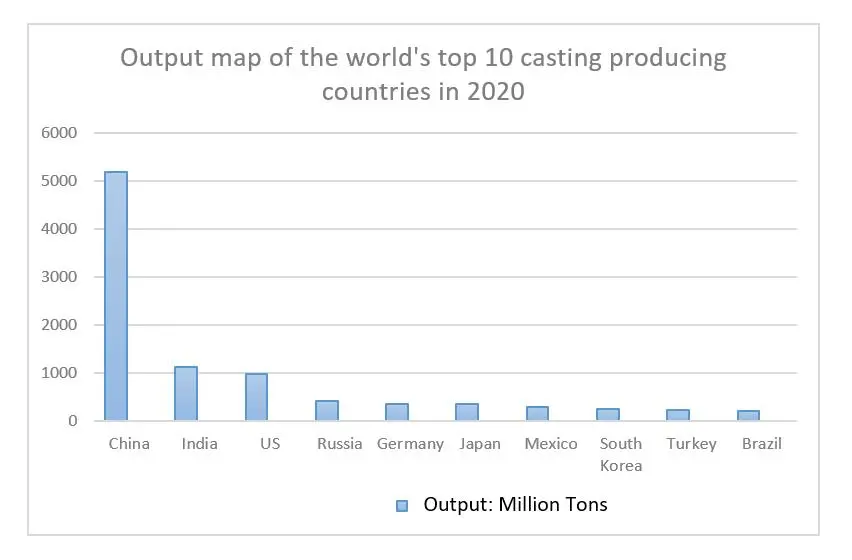

Resin bonded sand casting involves using a resin binder mixed with sand to enhance the mold's strength and rigidity. The addition of resin improves aspects such as mold integrity and surface finish, which are critical in applications like pump parts and compressor components. Mastery of the resin-setting process and its interaction with different sand grades is essential to optimize casting outcomes. This method also provides opportunities for reclamation and reuse of sand, aligning with industry trends towards sustainability. Understanding and expertise in each type of sand casting are pivotal in ensuring product quality and performance. Businesses engaged in metal casting must continually invest in professional development and advanced technology to remain competitive. Evaluating equipment investments and process optimization against specific product requirements is a testament to a strategic approach in manufacturing. Trust is built upon the consistent delivery of quality cast products, fostering long-term client relationships and industry authority. In conclusion, the diverse methods of sand casting each offer unique benefits and are foundational to producing metal parts across various industries. An expert grasp of each method's intricacies supports informed decision-making, ultimately driving product excellence and manufacturing success. Staying abreast of industry advancements and refining casting processes continuously enhances both expertise and trustworthiness in this ever-evolving field. Post time:فروری . 13, 2025 10:58
Next:sand casting price
